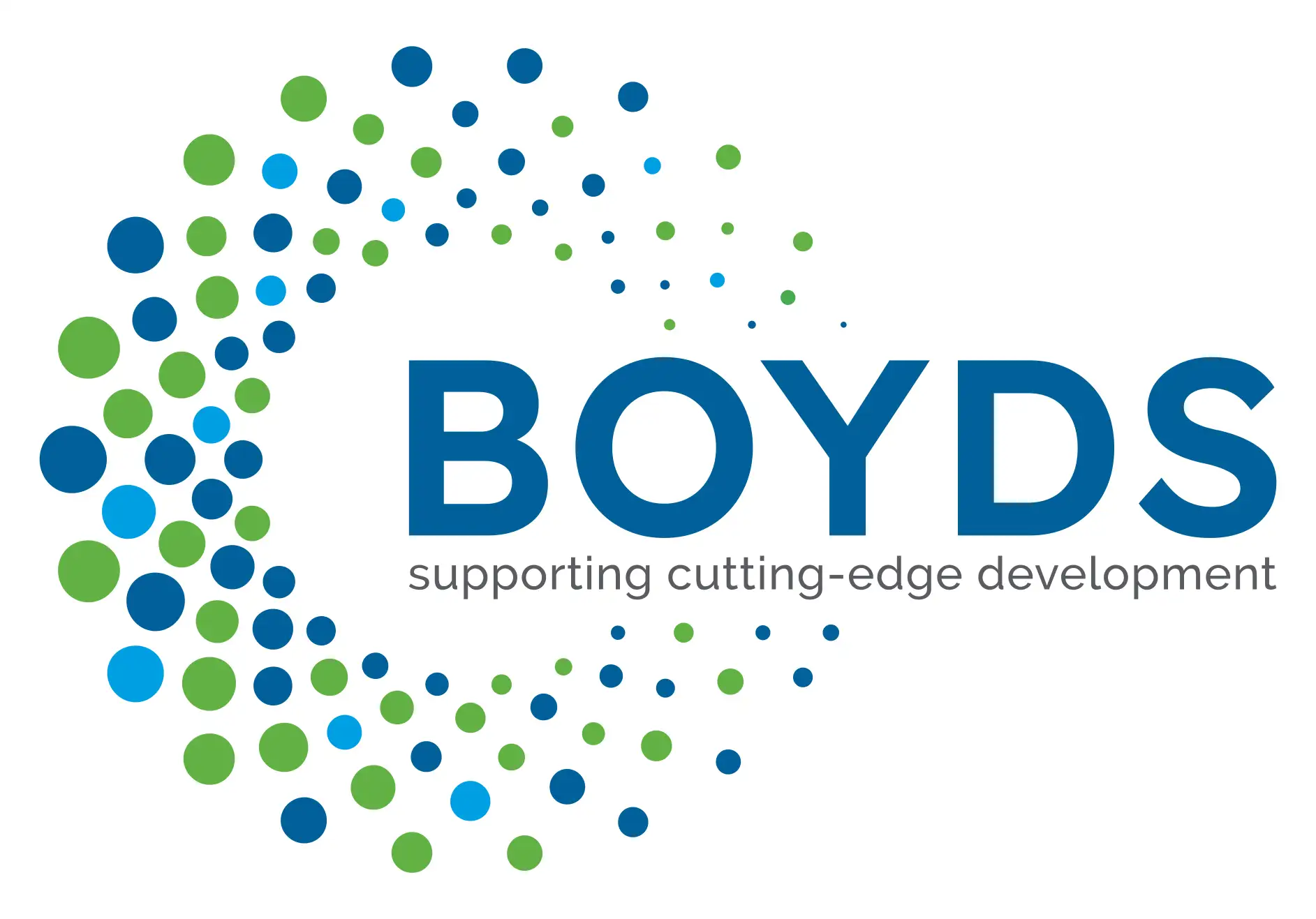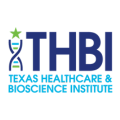 In this interview, Dr Karen Mullen, Chief Medical Officer at Boyds, discusses what inspired her to pursue a career in STEM, her tips for overcoming adversity, and how to encourage more women to consider careers in the industry.
In this interview, Dr Karen Mullen, Chief Medical Officer at Boyds, discusses what inspired her to pursue a career in STEM, her tips for overcoming adversity, and how to encourage more women to consider careers in the industry.
Ada Lovelace Day
Ada Lovelace Day (ALD) is an international celebration of the achievements of women in science, technology, engineering, and maths (STEM). It aims to raise the profile of women in STEM, and in doing so, create new role models who will encourage more girls to pursue STEM careers and support women already working in STEM.
In celebration of Ada Lovelace Day, we sat down with Dr Karen Mullen to discover how she turned her curiosity for science into a highly successful career.
What inspired you to pursue a career in STEM?
“When I was growing up, I always wanted to be a doctor. I had a passion for science and loved spending time in the lab solving problems. I found the subject so interesting and stimulating that, to me, it never felt like studying. I soon discovered that medical career paths are broader than studying medicine. The contact with patients was something I particularly enjoyed, but I also loved the theory of how medicines worked, and over time became more interested in clinical trials.
“Ultimately, STEM is all about scientific problem-solving. I have always been very interested in people and healthcare, with a desire to understand the mechanisms of the human body and the factors which contribute to wellbeing. I wanted to learn how I could help people and was curious about the challenges that could be solved using STEM and medical science.”
When starting out in your career in medicine, how did you overcome adversity?
“For me, it was always about turning challenges into opportunities to learn. Adopting a growth mindset is really helpful and allows you to embrace failure and setbacks. After all, careers aren’t always linear.
“I think imposter syndrome can be a huge barrier to many young women, as well as men, in STEM. Understanding that it is normal, and most people experience it, but it just manifests in different ways, is key.
“When choosing a career path, aim to understand your purpose – or your ‘why’ – and align your career to this. I would advise young people who are curious about STEM not to let anyone tell them they can’t do something. Belief comes from within, and STEM offers so many avenues through which you can make a real difference in people’s lives.”
What do you think could help encourage more women to get into STEM subjects and careers?
“STEM is often not seen as a ‘cool’ or ‘trendy’ area to be interested in amongst young people. Therefore, I feel that it is of critical importance that youngsters are aware of the breadth of careers that studying STEM offers and understand that it doesn’t restrict them to one set path.
“Throughout my life, I have been very fortunate to have had many inspiring role models – male and female – from teachers and scientists to colleagues and managers. As a result, I recognise the fundamental importance of good role models to inspire and encourage young people to become curious about the exciting scientific problems in the world around us. The most important thing about a role model is that it is someone you can identify with.
“It is particularly important that girls are exposed to positive role models early on in their education, especially in science and maths. When I did my A-levels, there were very few females studying science, so seeing the increasing gender diversity in STEM is really encouraging. However, there is still a way to go. Latest figures show that women now make up 26% of the STEM workforce. Whilst this represents a gradual increase, at the current rate of change, we would not see equal representation in STEM until 2070.
“To tackle this, I believe it is crucial that we increase young girls’ exposure to STEM to nurture their interest and confidence in the area. By creating supportive networks, encouraging strong role models, and promoting STEM education, we will be able to better recognise female scientific talent, and develop future STEM leaders.”
Find out more about Ada Lovelace Day and the history behind the event here, and read STEM Women’s latest statistics here.









